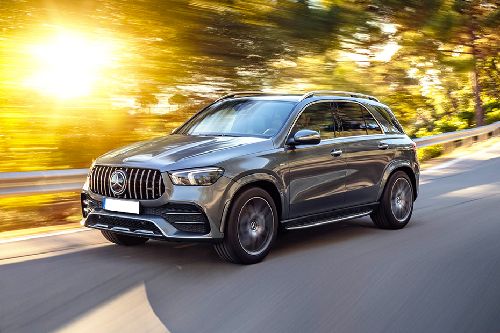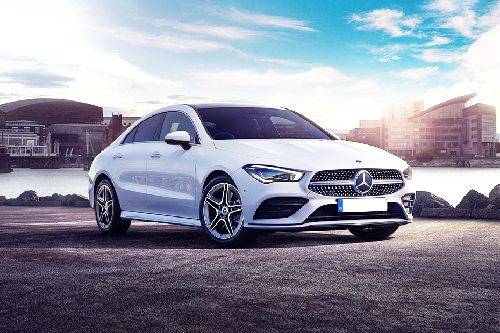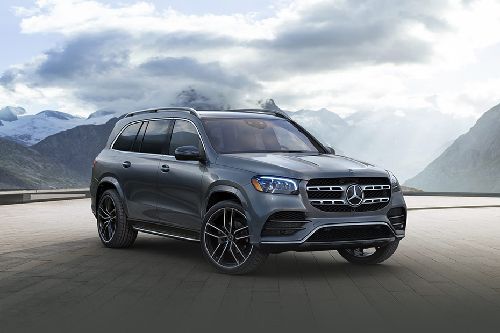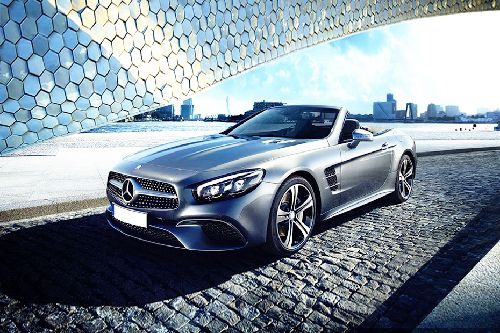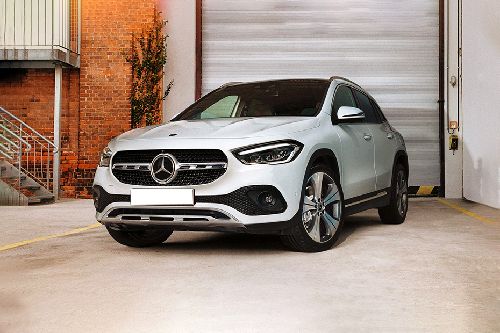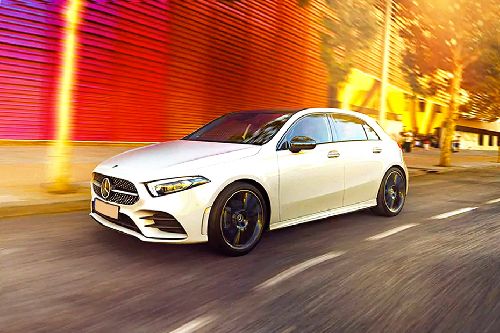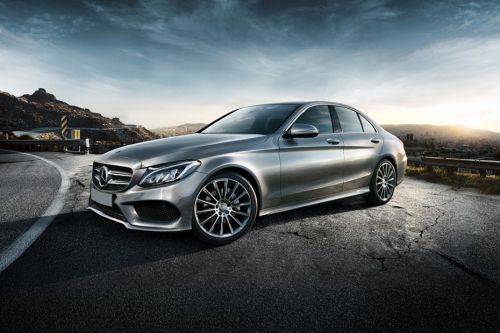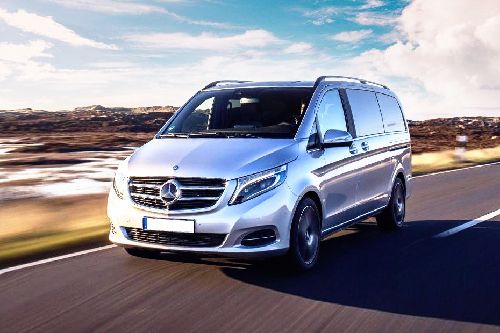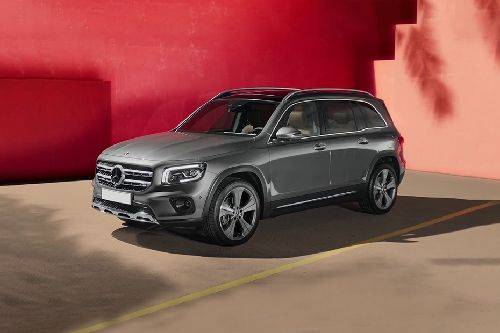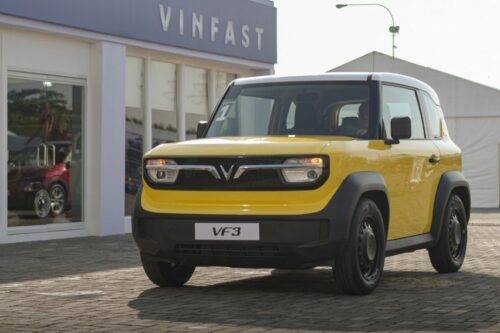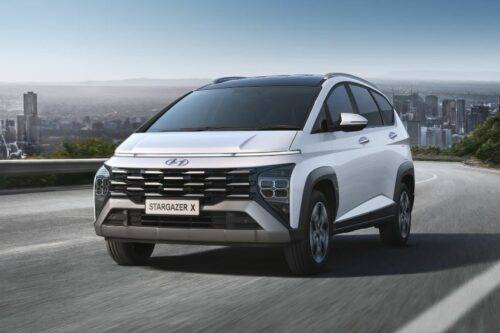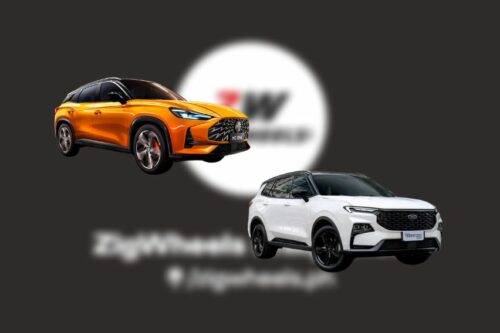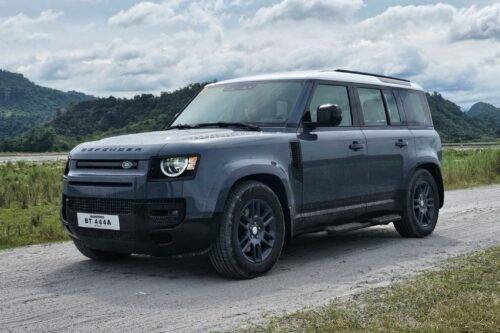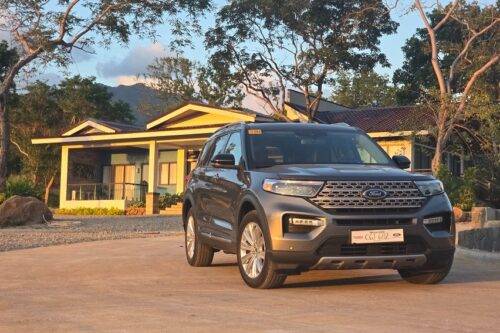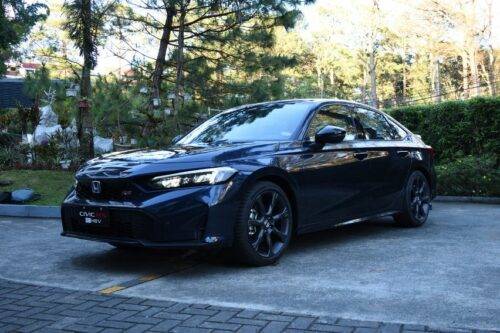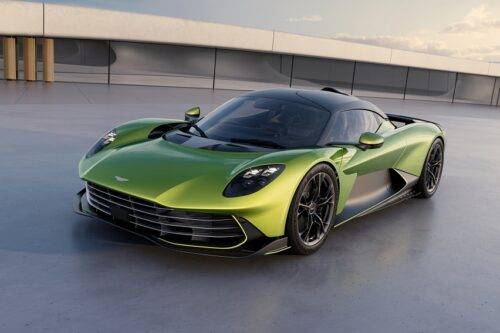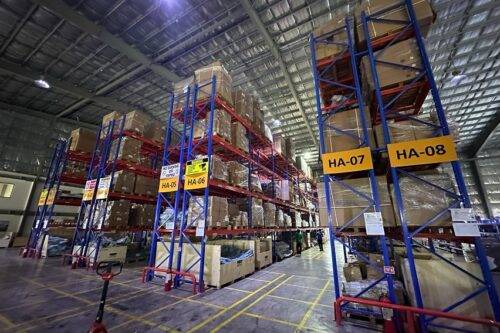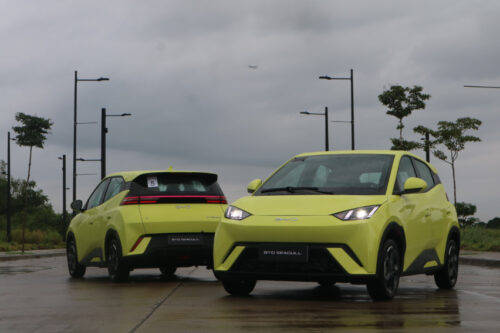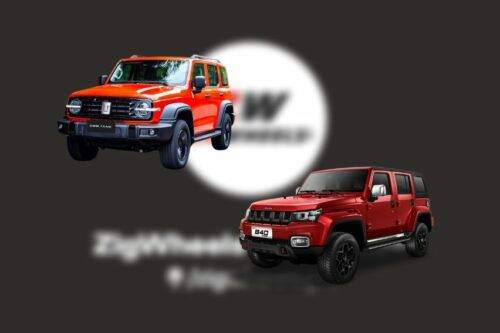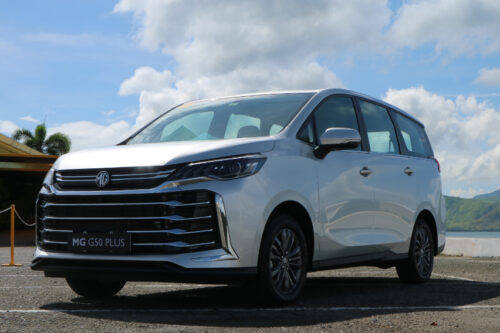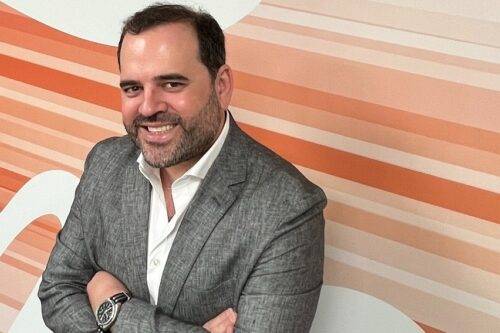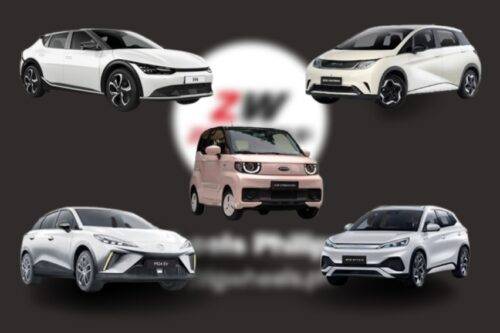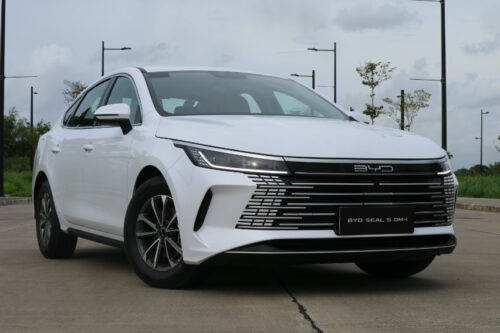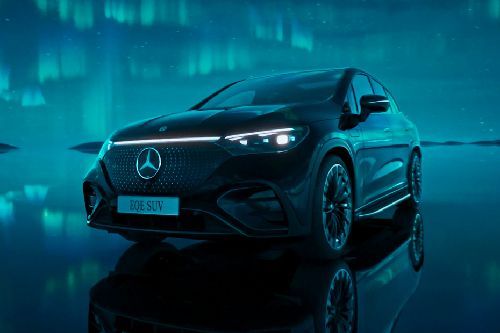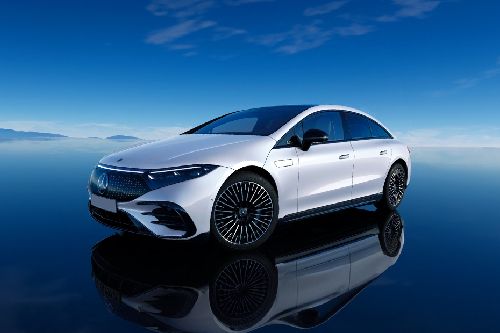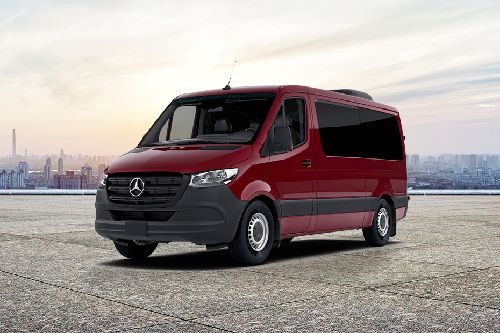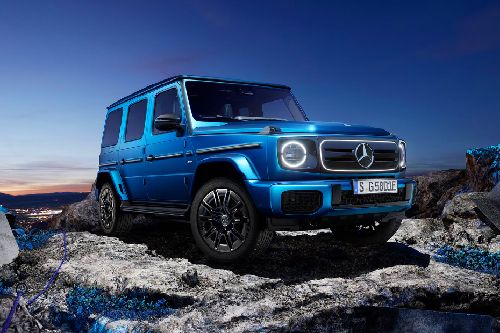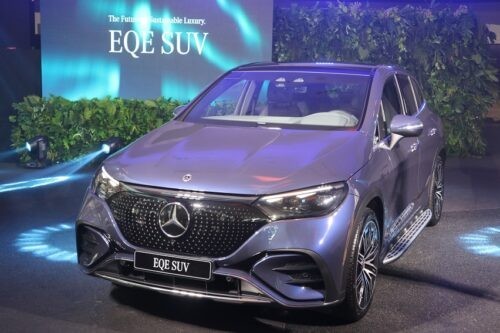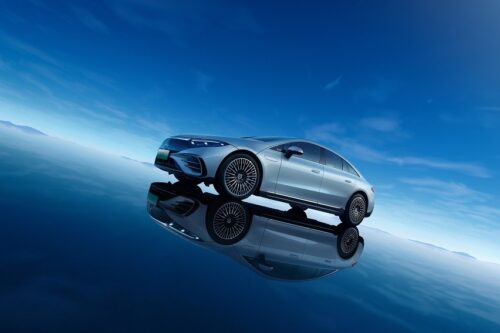Mercedes-Benz aims to go all-electric by 2030

MANILA: Mercedes-Benz is gearing up to be all-electric by 2030. From being electric-first to electric-only, the luxury carmaker is making its way toward an emissions-free and software-driven future.
Mercedes-Benz targets to launch battery electric vehicle (BEV) models in all segments that it serves by 2022. All vehicle architectures that will be launched from 2025 will be electric-only. Customers will also have an option to purchase an all-electric alternative for every Mercedes-Benz model.
Mercedes-Benz AG and Daimler AG Chief Executive Officer Ola Kallenlus stated, “The EV shift is picking up speed — especially in the luxury segment, where Mercedes-Benz belongs. The tipping point is getting closer and we will be ready as markets switch to electric-only by the end of this decade. This step marks a profound reallocation of capital. By managing this faster transformation while safeguarding our profitability targets, we will ensure the enduring success of Mercedes-Benz. Thanks to our highly qualified and motivated workforce, I am convinced that we will be successful in this exciting new era.”
To execute this shift successfully, Mercedes-Benz came up with a comprehensive plan that covers significantly accelerating R&D. The total investments for BEVs between 2022 and 2030 will reach over €40 billion. Advancing the EV portfolio plan will help bring forward the tipping point for EV adoption.
Mercedes-Benz is set to launch three electric-only architectures in 2025.One of these is the MB.EA, which is specialized for medium- to large-size passenger cars. It targets to develop a scalable modular system that will serve as the electric backbone for the future EV portfolio. Meanwhile, the AMG.EA will be a dedicated performance EV platform for technology- and performance-oriented Mercedes-AMG customers. Lastly, the VAN.EA will be specially developed for electric vans and light commercial vehicles to enable emission-free transportation in the future.
After restructuring its powertrain activities to put planning, development, purchasing and production under one roof, Mercedes-Benz will heighten the level of vertical integration in production and development, and insource electric drive technology. The acquisition of UK-based electric motor company YASA is part of this vertical integration. This deal gives Mercedes-Benz an access to unique flux motor technology and knowledge to create next-generation ultra-high performance motors. In-house electric motors, like the eATS 2.0, are significant in this strategy with a clear focus on efficiency and the overall cost of the entire system, including inverters and software. As the world’s largest new energy vehicle (NEV) market, China will also play a key role in fast-tracking the Mercedes-Benz electrification strategy. It houses hundreds of companies and suppliers specialized in EV components and software technologies.
Mercedes-Benz, together with its partners all over the world, is planning to open eight Gigafactories for producing cells and will need a battery capacity of over 200 Gigawatt hours. The company is also set to open nine plants dedicated to developing battery systems. “Next-generation batteries will be highly standardized and suitable for use in more than 90% of all Mercedes-Benz cars and vans while being flexible enough to offer individual solutions to all customers,” Mercedes-Benz said in a statement.
The carmaker is also planning to team up with new European partners to create and produce future cells and modules to ensure that the region remains at the “heart of the auto industry” even in an electric era. Cell production will give Mercedes-Benz an opportunity to improve its renowned powertrain production network.
The company targets to increase range during the production lifecycle of an EV model. To further increase energy density, Mercedes-Benz will work with Sila Nano since silicon-carbo composite will be used in the anode. This will result in unparalleled range and shorter charging times. In terms of solid-state technology, Mercedes-Benz will work with partners to create batteries with even higher energy density and safety.
Mercedes-Benz also aims to set new standards in EV charging. It is set to introduce “Plug & Charge” which will allow EV owners to plug in, charge, and unplug their vehicles without extra steps needed for authentication and payment processing. Plug & Charge will be launched along with the market debut of the EQS later this year. Mercedes me Charge is currently one of the largest EV charging networks in the world as it comprises over 530,000 AC and DC charging points worldwide. Moreover, Mercedes-Benz is in talks with Shell to expand the charging network. Through this partnership, customers will be able to gain improved access to Shell’s Recharge network which will be comprised of over 30,000 charge points by 2025 in Europe, China, and North America and over 10,000 high-power chargers globally. Premium-charging sites will also be available in Europe to provide a bespoke charging experience with first-class facilities.
Mercedes-Benz is also working on the Vision EQXX, an electric car with a range of over 1,000 kilometers, targeting a single-digit figure for Kwh per 100 kilometers at normal highway driving speed. Experts from Mercedes-Benz’s F1 High Performance Powertrain (HPP) division join a multi-disciplinary team to speed up the ambitious project. The Vision EQXX is set to make its debut next year. The technological advances used in this project will be adapted and applied in new electric architectures.
With the early investments for flexible manufacturing and the revolutionary MO360 production system, Mercedes-Benz already has the ability to mass-produce BEVs at this time. The carmaker is set to launch eight Mercedes-Benz EV models at seven locations on three continents next year. Moreover, all passenger and battery assembly sites operated by Mercedes-Benz AG will switch to carbon neutral production by next year. Mercedes-Benz also partners with GROB, a German global leader in ultramodern battery production and automation systems, to fortify its battery production capacity and improve manufacturing efficiency. This partnership focuses on battery module assembly and pack assembly. Mercedes-Benz is also set to build a new battery recycling factory in Kuppenheim, Germany in 2023 to secure recycling capacity.
As it works on its transition from internal combustion engines to EVs, Mercedes-Benz continues to transform its workforce by making use of comprehensive re-skilling schemes, early retirement, and buyouts. TechAcademies will also offer colleagues training for future-oriented qualifications. In 2020, Mercedes-Benz was able to train around 20,000 employees in Germany in aspects of e-mobility. The company will also create 3,000 new software engineering jobs worldwide to develop the MB.OS operating system.
Mercedes-Benz stays true to its commitment to the margin targets outlined in 2020. The targets last year were based on the assumption of selling 25% hybrid and electric vehicles by 2025. For today, the reiteration is based on an assumed xEV share of up to 50% by 2025 and a market scenario for new car sales which in essence, has switched to all-electric by 2030.
“An important lever is to increase net revenue per unit by raising the proportion of high-end electric vehicles such as Mercedes-Maybach and Mercedes-AMG models, while at the same time taking more direct control over pricing and sales,” Mercedes-Benz stated. “Rising revenue from digital services will further support results. Mercedes is also working on further reducing variable and fixed costs and cutting the capex share of investments. Common battery platforms and scalable electric architectures combined with advances in battery technology, will bring higher degrees of standardization and lower costs. The proportion of battery costs within the vehicle is expected to fall significantly. Capital allocation is moving from EV-first to EV-only. Investments into combustion engines and plug-in hybrid technologies will drop by 80% between 2019 and 2026. On this basis, Mercedes-Benz projects company margins in a BEV world which are similar to those in the ICE era.”
Kallenlus added, “Our main duty in this transformation is to convince customers to make the switch with compelling products. For Mercedes-Benz, the trailblazing EQS flagship is only the beginning of this new era,”.
Photo from Mercedes-Benz
Also read: The hot-selling Mercedes-Benz GLC raises the segment bar
Sell your car at the best price
 Verified and genuine buyers
Verified and genuine buyers
Mercedes-Benz Car Models
PIMS 2024
Trending & Fresh Updates
- Latest
- Popular
You might also be interested in
- News
- Featured Stories
Mercedes-Benz Featured Cars
- Latest
- Upcoming
- Popular
Latest Mercedes-Benz Car Videos on Zigwheels

Mercedes-Benz Car Articles From Carmudi
- journal

